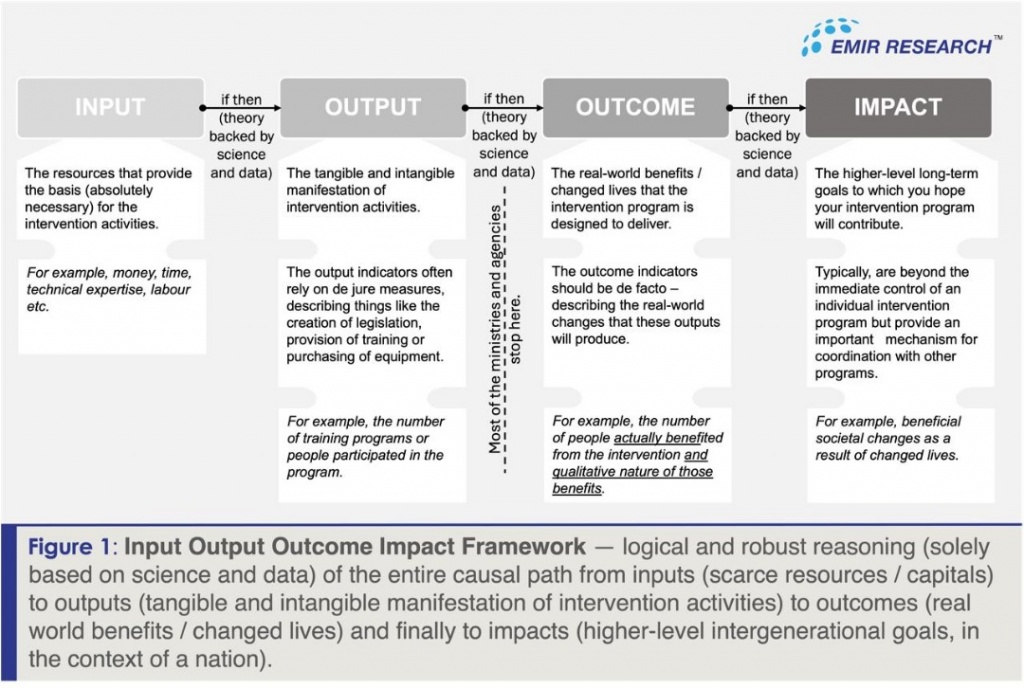
Published by MYsinchew, & theSun, image by theSun.
Flooding has been one of, if not the most, frequent disasters in Malaysia. Although officially classified as a natural disaster, many floods can be mitigated or even prevented. However, Malaysia has consistently been ill-prepared for floods, including predictable monsoon floods, resulting in hundreds of millions in loses each year and, most devastatingly, loss of human lives and livelihoods.
The great flood at the end of 2021, lasting into 2022, is one such disaster. Caused by a tropical depression, it was the biggest flood in recent history, reportedly costing Malaysia RM6.1 billion and displacing more than 70,000 people across eight states (Bank Negara Malaysia, 2021; Phys.org, 2021).
In 2022, Malaysia lost RM622.4 million to floods, with Terengganu and Kelantan accounting for 60% of the losses (The Straits Times, 2023). One of the most serious floods in 2022 occurred in December, caused by northeast monsoon, affecting more than 72,000 victims across 20 districts in Johor, Kelantan, Pahang, Perak, and Terengganu (AHA Centre, 2022).
In 2023, Malaysia suffered even greater losses to floods, amounting to RM800 million (New Straits Times, 2024). Similar to 2022, one of the most serious floods last year happened at the end of the year when the northeast monsoon hit hardest, displacing over 25,000 people across 17 districts in Johor, Kelantan, Pahang, Sabah, and Terengganu (AHA Centre, 2023).
If anything, history shows that annual floods at the end of the year caused by the monsoon are inevitable. Yet, our flood mitigation efforts have been lacklustre at best. Despite millions and billions of Ringgit being spend on flood mitigation projects, the public has seen little success, with flood still bringing devastating outcomes and impacts.
The Auditor-General’s Report on Selangor 2022 highlighted that out of ten flood mitigation projects in flood-prone areas, only five succeeded (The Star, 2024).
Additionally, studies summarised by Rosmadi et al. (2023) identified four inadequacies in our flood risk management: lack of coordination and communication; insufficient manpower and assets for logistic; low public awareness, and limited enforcement power and authority in flood mitigation.
The lack of enforcement power and authority is particularly concerning. According to Mabahwi et al. (2020), the Department of Irrigation and Drainage (DID), our main agency in dealing with floods, has limited authority over new developments pertaining to flood mitigation, only providing technical advice without the power to reject development plans.
In the same vein, the National Disaster Management Agency (NADMA), despite being the national disaster management body, has a severely limited role, focusing mainly on coordinating actions during disasters (Rosmadi et al., 2023). Additionally, NADMA lacks manpower, with insufficient staff at the district level, severely hampering its effectiveness (Astro Awani, 2022).
Considering La Niña is expected to emerge at the end of 2024, along with the upcoming northeast monsoon season, which experts predict will have a higher risk of serious flooding, it is crucial to ask whether we are truly ready to face the inevitable monsoon floods (The Star, 2024a).
If the current events in the northern states are a benchmark of our flood management capabilities, the results are rather uninspiring.
Kedah, Penang, and Perlis have been hit by a series of massive floods triggered by heavy downpours. These floods have not only caused flash floods in certain areas but also raised the water levels of eight rivers in Kedah to dangerous levels, with four additional rivers at warning levels, further exacerbating the situation (Malay Mail, 2024).
However, the severity of the floods could have been significantly reduced with proper mitigation measures. According to reports, the flood in Perlis was due to prolonged rainfall, which could have been prevented or mitigated with effective prevention methods, which we currently lack.
Flood prevention involves not only mitigation projects like dams and drains but also the maintenance of these infrastructures and limiting developments that hinder flood prevention efforts.
The MADANI administration have been keen on investing in flood mitigation projects. Budget 2024 allocated RM11.8 billion for 33 high-priority projects nationwide (Ministry of Finance, 2023). In July, it was reported that 15 companies were selected to implement flood mitigation projects in seven states (Bernama, 2024).
However, given the Auditor-General’s 2022 report, there are concerns about whether this spending will be effective. On top of that, there is a lack of plans to maintain and reassess existing infrastructure, which not only could fail when need most but also exacerbate the situation.
One example is the breach of the embankment under the Sungai Golok Integrated River Basin Development project, where the embankment was damaged and breached due to heavy rainfall and strong currents (New Straits Times, 2023).
While the embankment failure was not primarily due to a lack of maintenance, as the mitigation project was not yet finished, it illustrates the potential consequences of poorly maintained mitigation projects and their counterproductive effects.
The residents affected by the project reported that floodwaters became stagnant for almost a month after the construction of the embankment, whereas previously, floodwaters would recede a few days after the initial flood (Bernama, 2023).
Needless to say, many issues need fixing, and it must be done quick. Hence, the government must commit to multiple strategies to enhance our flood management capabilities.
One important step is ensuring regular maintenance of drainage system to avoid clogging. Clogged drains are the most common cause of flash floods in Malaysia, yet little has been done to maintain them properly, leading to frequent clogs that catalyse flash floods, particularly on rainy days.
Weekly inspections of drains in flood-prone areas should be the minimum requirement to prevent flash floods.
Equally important is river maintenance.
Rivers play a significant part in flood mitigation and our water supply! However, it seems there is no proper maintenance to keep them clean. As a result, trash and effluent accumulate, causing the riverbed to become shallower, increasing the risk of flooding during heavy rainfall.
Importantly, these measures can be implemented quickly without significant investment in resources and time, unlike the enlargement of drains and rivers, which require more time and effort.
This is not to say that the latter is inefficient. Deepening rivers can increase their capacity and speed up water flow. However, we still need critical infrastructure such as retention ponds and stormwater tanks to discharge and store the extra water, or we risk flooding downstream areas.
Other than that, granting DID the power to reject development plans that increase flood risk is a good step forward. At the same time, the government needs to enhance enforcement of logging moratoriums and increase efforts to stop illegal logging.
Although the previous administration under Ismail Sabri Yaakob approved a15-year moratorium on new forest plantations in permanent forest reserves in Peninsular Malaysia in 2021, five states have licensed about 16,100 hectares of forest reserves for new plantations (Free Malaysia Today, 2021; Macaranga, 2024).
Moreover, Malaysia recorded 90 cases of illegal logging in 2022, with 60 cases in Sarawak alone (New Straits Times, 2023a).
Logging, legal or otherwise, destroys local ecosystems and removes natural food protection. Putting a stop to logging expansion and curbing illegal logging will certainly help achieve multiple goals.
As mentioned, the government has approved multiple flood mitigation projects costing over 10 billion Ringgit. It needs to closely monitor these projects to prevent corruption and ensure effectiveness.
EMIR Research has always advocated for the Input-Output-Outcome-Impact framework to ensure every project and expenditure has a profound and lasting effect. Implementing this framework to monitor the spending of relevant agencies, such as the DID or the Forestry Department of Peninsular Malaysia (FDPM), would reliably reduce the impact of floods.

The storm in the northern states is terrifying, but the northeast monsoon could be much worse. Thus, the government needs not only reaction plans to deal with the aftermath but also solid prevention plans to minimise flood damage.
Chia Chu Hang is a Research Assistant at EMIR Research, an independent think tank focused on strategic policy recommendations based on rigorous research.

